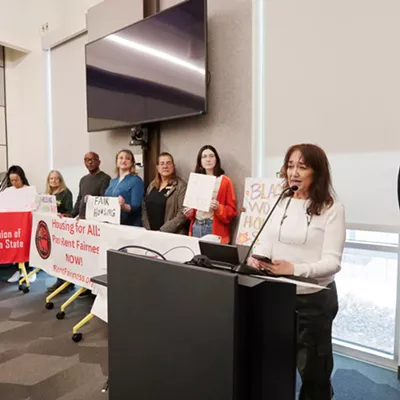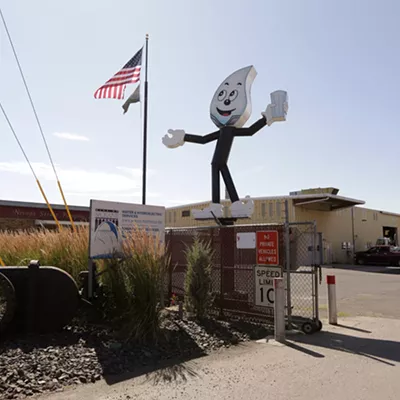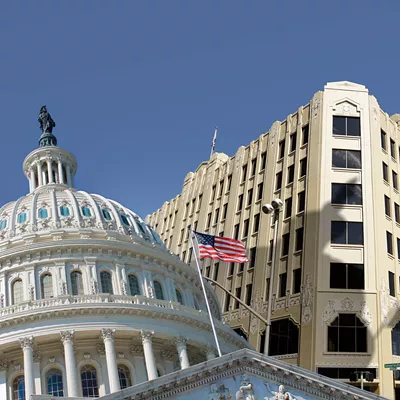A four-year medical school is to the educational and medical communities what a Trader Joe’s is to Spokane’s socially conscious consumers: a long sought-after dream that supporters hope will dramatically transform the city.
Sure, WSU Spokane’s campus already has a three-year medical school. Medical students can attend their first, third and fourth years in Spokane. But by adding a fourth year, and increasing attendance numbers from 20 students per class to 80, supporters promise the economic impact could be explosive.
But precisely how explosive? That’s exactly what WSU Spokane and Greater Spokane Inc. are paying $45,000 to market research firm Tripp Umbach to find out. Tripp Umbach did the same thing for its hometown of Scranton, Pa., which ultimately built a medical school.
Preliminary estimates, says GSI’s Dawn Picken, put the annual economic impact of a four-year medical school in Spokane somewhere on the level of Fairchild Air Force Base. Since each doctor employs six or seven people, Picken says, each doctor is an economic engine.
“In general the data shows that every doctor in the community contributes about a million dollars per year,” says Brian Pitcher, chancellor of WSU Spokane.
Doctors tend to practice in the city where they went to med school. And Spokane, like most cities across America, has plenty of need for new doctors. A feasibility study on the WSU Spokane medical school calculates the Spokane region needs an additional 281 doctors.
And it’s not just in the new doctor’s offices where the economic impact can be found. It’s in the construction of a new $80 million building. It’s in the jobs for new faculty members and support staff. It’s in the boon to the resources of area hospitals. It’s in the bragging rights Spokane can put on its business-attracting rèsumè. It’s in the steady increase in research grants.
“WSU’s estimated that, with a medical school, over a 20-year period of time, research grants will grow from $10 million a year to $70 million a year,” GSI president Rich Hadley says.
Granted, a medical school would be costly, Pitcher admits. Even before breaking ground on an $80 million building, that ground needs $5 million worth of soil remediation. WSU Spokane hopes to have money for a building by July 2011, with the whole thing being completed by July 2013.
There are other costs, too. And for now WSU Spokane’s waiting to hear back from Tripp Umbach to see if they’re outweighed by the benefits.

























